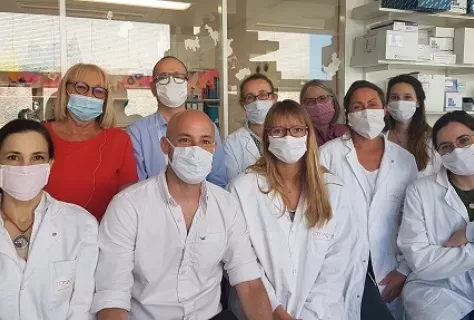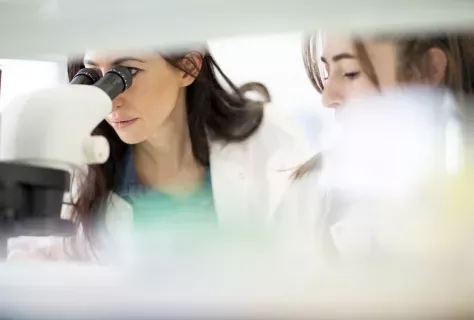Published on 12.08.2021
Why did you choose a career in genetics?
Sabrina Méchaussier: Genetics, and more specifically human genetics, is a fascinating discipline, and I have always had a great interest in researching and understanding the complex mechanisms that lead to rare diseases. Correlating clinical characteristics of patients with genetic data provides a better understanding of the molecular interactions involved in these diseases. Even though genetic technologies are constantly evolving, many genes have not yet been described and many patients have not obtained an accurate diagnosis of their disease. The study of pathophysiological mechanisms and the discovery of new genes are, for me, the most motivating aspects of this field.
What results did you present at the European Society of Human Genetics conference?
SM: The rare genetic disease I am working on is Leber's congenital amaurosis (LCA). Recently, exome sequencing allowed us to identify the RIMS2 gene, encoding a pre-synaptic protein, as a new gene responsible for an alteration in synaptic and pancreatic vesicle release, which has never been associated with a human disease before.
Through clinical re-evaluation of individuals carrying this alteration, we have shown that these patients actually suffer from incomplete congenital stationary night blindness, often confused with LCAs. This disease manifests itself from birth by a poor vision, daytime vision disorders with or without night vision disturbances that do not evolve in time. Moreover, we have also highlighted alterations in neurological development and in the release of insulin by the pancreas, which was not known until now.
This study contributes to the elaboration of correlations between genotypes and phenotypes allowing a readjustment of the diagnosis for a better management of the patients.





